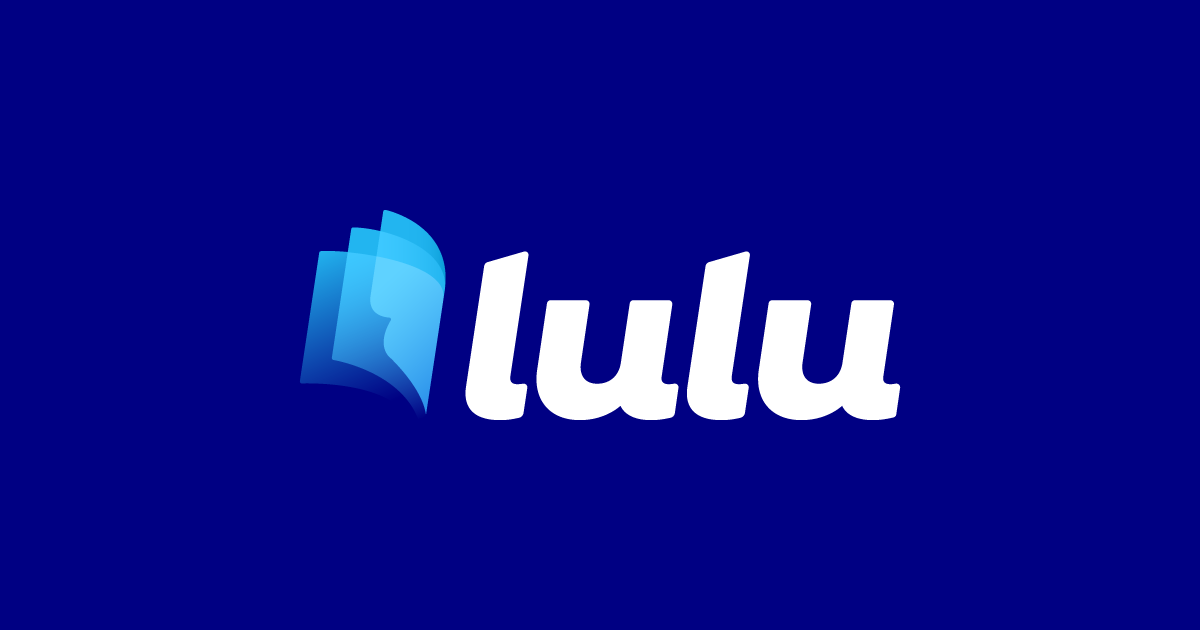Producing Profitable Projects

Production is all about expanding your impact through partnerships.
Movies start with a screenplay. It’s not much more than a blueprint when you think about it. No one goes to a bookstore and asks “where is your screenplay section?” (Unless, of course, you live in LA and are a screenwriter...)
I like to think of the screenplay as an invitation to create something together. The screenwriter shares the screenplay with the director and the producer. They sign on, and go invite actors and crew to create a movie over the next few months, together.
Movies aren’t produced by individuals. They’re produced by teams of people, working together, bringing their creative, logistic, and technical talents together to create something that has never before existed.
If it sounds magical, it is. I have the best job in the world. But you can feel the same way about your creative projects and businesses if you think about them a different way.
So many creators and artists get frustrated because they think of a project, create it on their own, then release it to a small audience, and it barely sells and makes no meaningful impact on their business.
All of these creators think that the answer is to do it again, but better. Create better music. Write a better book. Get a better camera. Yet they go about it the same way - alone.
The independent path doesn’t mean alone, it means you’re not dependent on a boss, a studio, or a company to be able to do the creative work you want to do.
You don’t need to ask permission to create. But to succeed, you do need strategic partners in the different areas of your business and the process of creating your products and services.
It’s not about doing more art. It’s about using a better system.
Think of your product or business like a screenplay - an invitation to create something new, together.
What this means is that when you’re in the development stage, you put together a mastermind that you can share your idea with to get feedback. You build in public, inviting your audience to join you on the journey and create together.
You invite others to collaborate at the financing stage by reaching out to investors, sponsors, and pre-selling your work to your audience. You invite others to collaborate on the production. Every* movie, album, piece of art, and book required others to collaborate, either knowingly or unknowingly.
*For you exception-finding people, I would argue that even those projects created by a single artist required tools, resources, apps, websites, distribution, and sales from other people. So don’t come at me with your exceptions, mmmkay?
Production is also more fun with other people involved. Whether they are paid, volunteers, equity partners, or otherwise, assembling a team that can help you realize this creative vision doesn’t take anything away from you. You can still be at the head, it can still have your name on it. Think about all of the people working on a movie that says, “A film by [Director]”. It’s never true. It’s a film by the hundreds of people who worked on it. Every independent album has songwriters, producers, engineers, digital instruments created by other artists, or live instruments played by a talented band or group of studio musicians. That’s the joy of playing and recording and performing music - to do it together.
Not only is it more fun, but it’s more profitable. With each collaborator, you have another audience of people that you can reach for free. The ladies doing hair and makeup each morning post to their 2,500 followers, and in turn, those followers check out the movie and follow along with the production. The engineer posts a snippet from the live-tracking of a song and shares it with his 1,000 followers and they learn about the album, for free.
Being strategic about your collaborators can 10x your reach, for free, if you’re smart about it. Part of the reason I write my books in public is because when a friend with 100,000+ followers on X reposts my latest chapter, that’s tens of thousands of impressions that I just got, for free. That helps grow my audience and the awareness of my book project - for free.
This is thinking like a producer. Assembling a team of collaborators who will make the project better than you could ever do on your own, and leveraging their audiences to get more awareness for the project. Assembling the right team is an art form that takes practice, but you look for the right people, with the right level of talent for the project, with the experience you need so that they can be as autonomous as possible, and then you support them by protecting their creative space so they can do their best work.
TAKE ACTION
Shift from just being an artist to including “producer” in your credits on your project, and you’ll see an instant leap in the amount of joy, creativity, production value, and success in the marketplace.
Find the collaborators for your next project. Reach out to them (with a 3-minute pitch) and invite them to come create together.

Sponsored By Lulu.com
The team at Lulu has been an incredible partner since I released my last book, Craftsman Creative - How Five-Figure Creators Can Build Six-Figure Businesses.
We've partnered on this next book, Blockbuster, to share the ins and outs, the behind the scenes of writing and publishing a book in public.
To learn more about how Lulu can help you get your book out into the world, visit lulu.com by clicking the button below:
NEXT CHAPTER

PREVIOUS CHAPTER



Member discussion